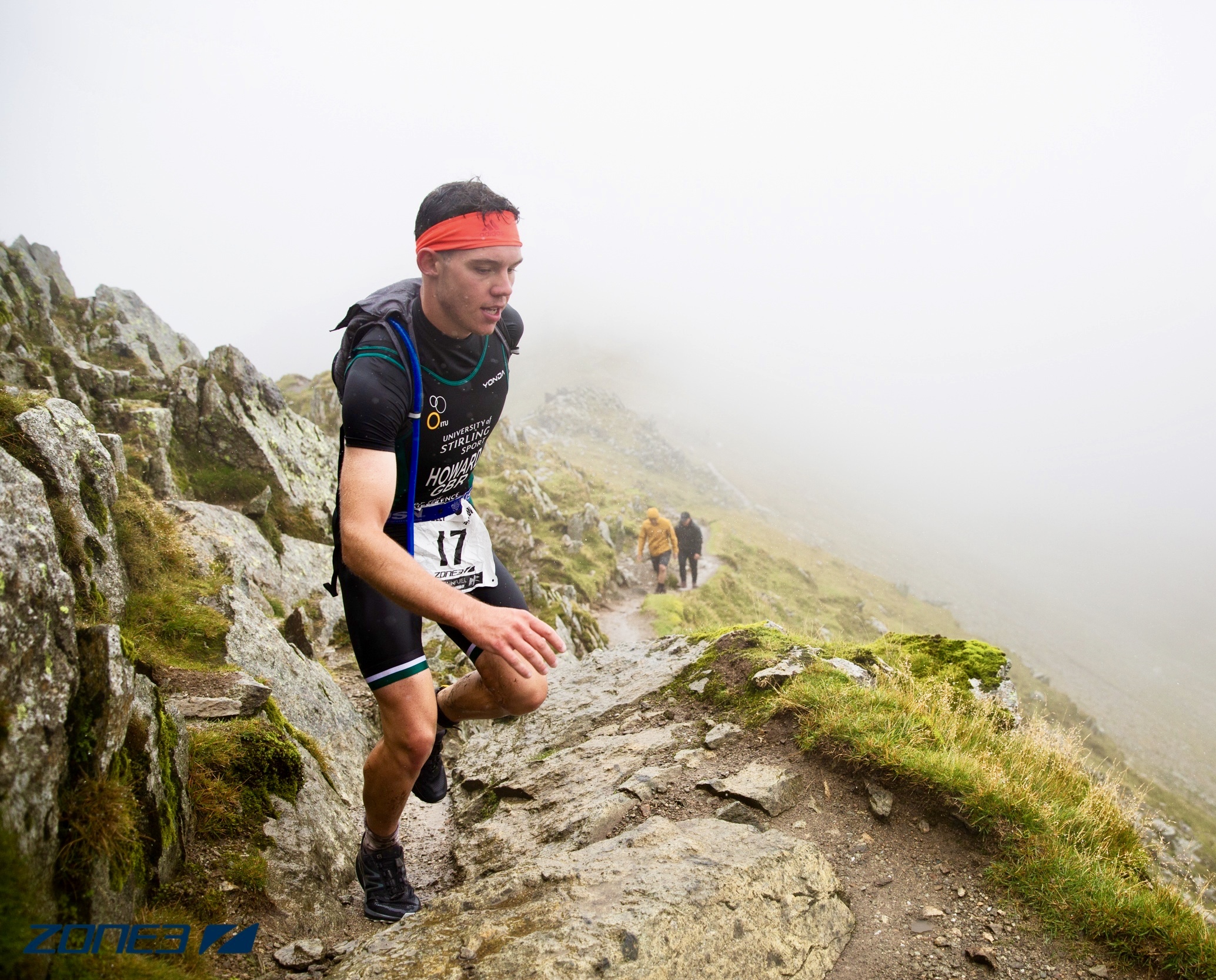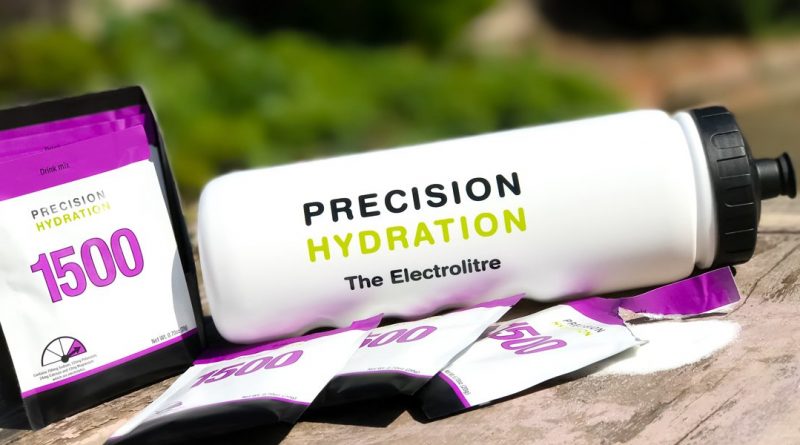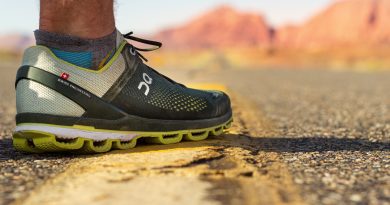Ironman Tips: Electrolytes and Long Course Triathlon
Electrolytes play a vital role in our sport and the level of performance we are able to produce. While a lot of people in the sporting world will know that electrolytes relate to hydration status, sweating and cramping but how do we optimise this for triathlon performance training and racing.
Background:
Electrolyte supplements are there to help replenish the sodium, magnesium and potassium that’s we either use or sweat out during exercise. Considering the internal factor of water balance in the body, consuming large amounts of water during prolonged exercise can have the potential to lead to hyponatraemia, if electrolytes are not replaced. Hyponatraemia is an imbalance of water and sodium in the blood, where sodium is diluted. This can lead to the body’s cells swelling with water and in extreme case can prove fatal if not treated appropriately.
The role of salts in the body is vital for normal bodily function on both a lifestyle level and performance level. As well as maintaining the body’s fluid volume and acid balance; sodium in the blood allows nutrients to be transported around the body and into cells on a microscopic level. Sodium alongside with calcium, on a sports performance level allows nerve impulses to transmit around the body, paramount for skeletal muscle contraction. Other body salts; magnesium, calcium and potassium all play vital roles in cardiac (heart) muscle contraction, food absorption, bone development and function of our senses.
Sweat rate and sweat concentration during exercise varies from person to person dependant on hydration status, exercise intensity, environmental factors (air temperature, humidity and level of acclimation) and genetic factors such as gender and age. Sodium loss during exercise can range from 500mg to 1500mg per hour dependant on the individual and the aforementioned factors.
Support your Performance:
Precision Hydration is a company supporting and educating athletes on electrolyte intake. Their products are designed to work with their unique sweat testing kit to help athlete get the right intake during exercise.
Acclimation to extreme environments prior to travel is also a beneficial way for your body to get use to the stresses the environment can bring. Conservatries, bathrooms and garages are all good places to recreated similar temperatures and humidity your likely to face on race day. This is a good time to test out hydration strategies, how this work with your feeding and nutrition. Note how much you sweat – pre and post session weigh ins can give you an estimate. Do you have puddles on the floor? Do you just have a few drops? Is your tolerance to the environment improving with exposure? Home acclimation should be gradual and done following an appropriate program from coaching / sport science professionals for health and safety.
Electrolytes when racing long course requires some further considerations. During the swim you are unable to fuel or drink etc. When you get out on the bike you will already be at a slight deficit. Therefore, it important to fuel and hydrate consistently and regularly from the start of the bike. A combination of flavours, with some bottled water and some bottled electrolyte solution is typically good practise. Staying on top of this when racing is key for long course racing duration to avoid things like cramp and reduction in performance. Varied levels of concentration on electrolyte solutions can cause bloating and this can be exacerbated in extreme environments. Hydration strategies will have to be flexible, understanding your body and understanding that if it isn’t a hot day you may require less electrolytes, thus you’re not sweating as much.
Further consideration, most long course races are early starts. You have been awake only a couple of hours. Be conscious to stay hydrated in the days leading up to the race, especially with busy pre-race prep going on. It could be advised that you consume some sort of electrolyte drink prior to race start. Nothing too heavy or strong and easy to tolerate and consume on what could already be a wobbly tummy.
Further, information on fuelling and supplementation can be found on nutrition company websites some useful links below:
Gatorade Sport Science Institute
Article written by Elite Ironman 70.3 athlete Harrison Rolls King. Harrison has a BSc in Sport and Exercise Science with Nutrition.
Check out his social media by clicking the links below:





